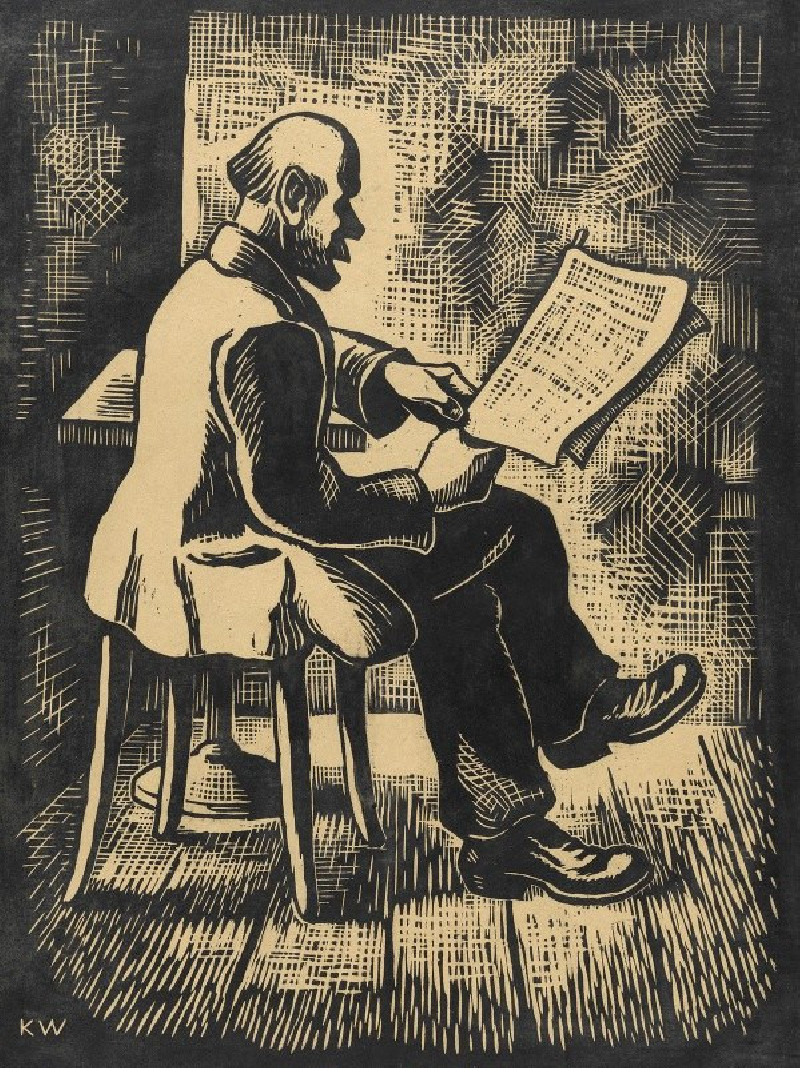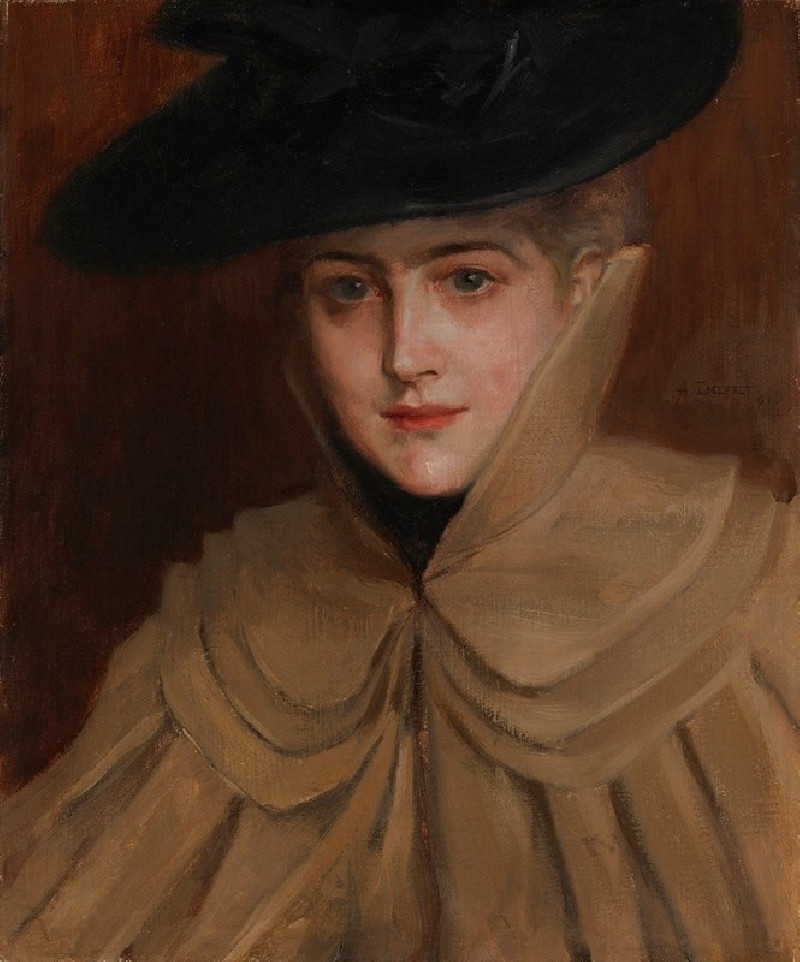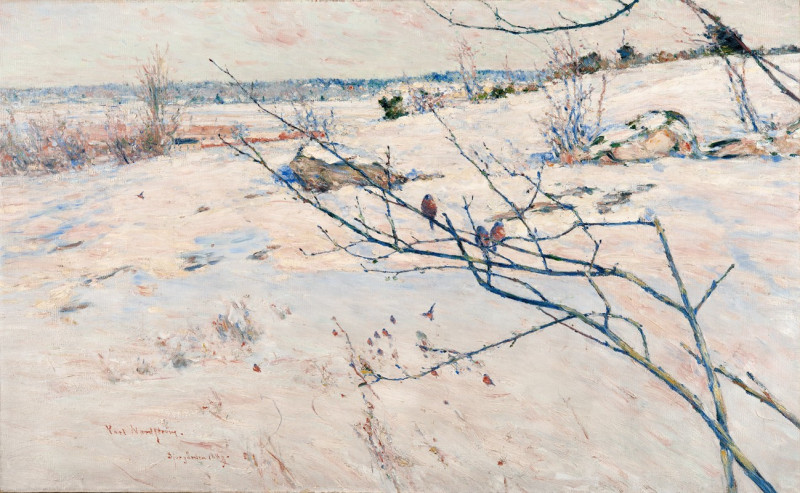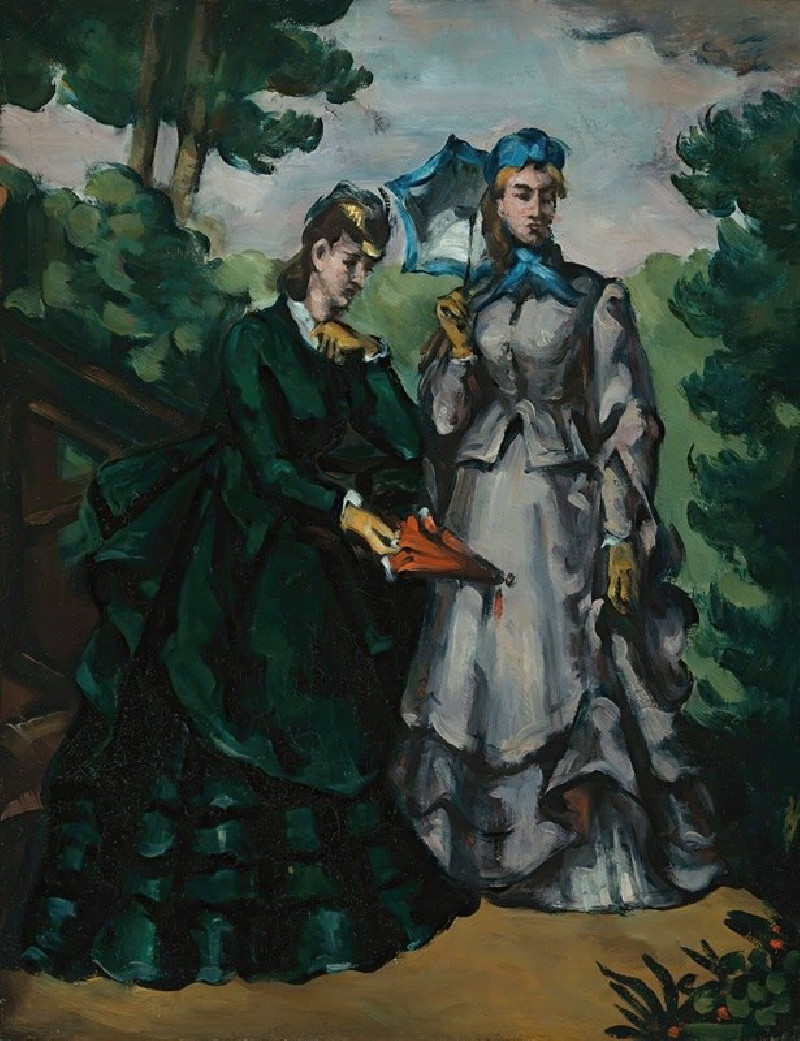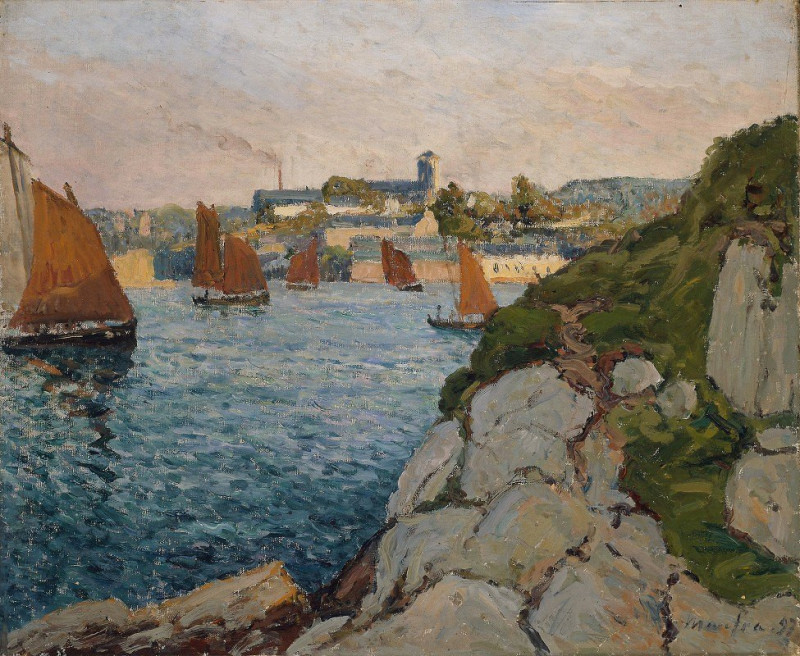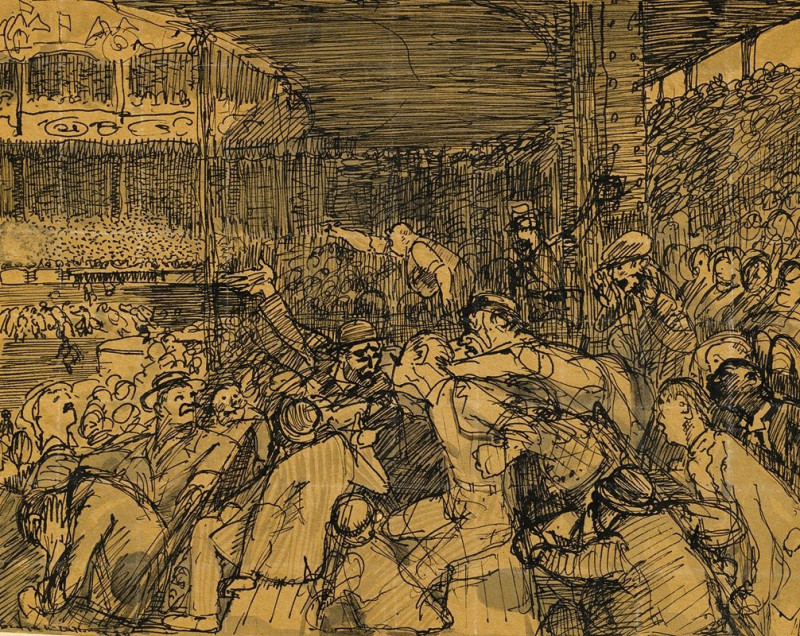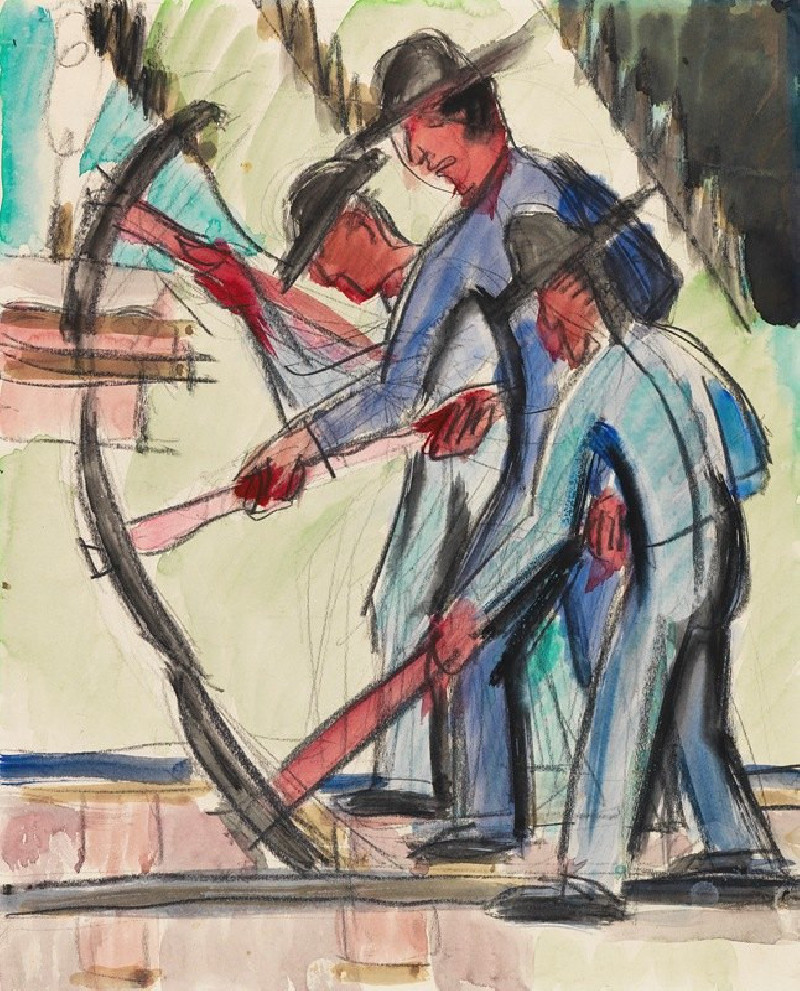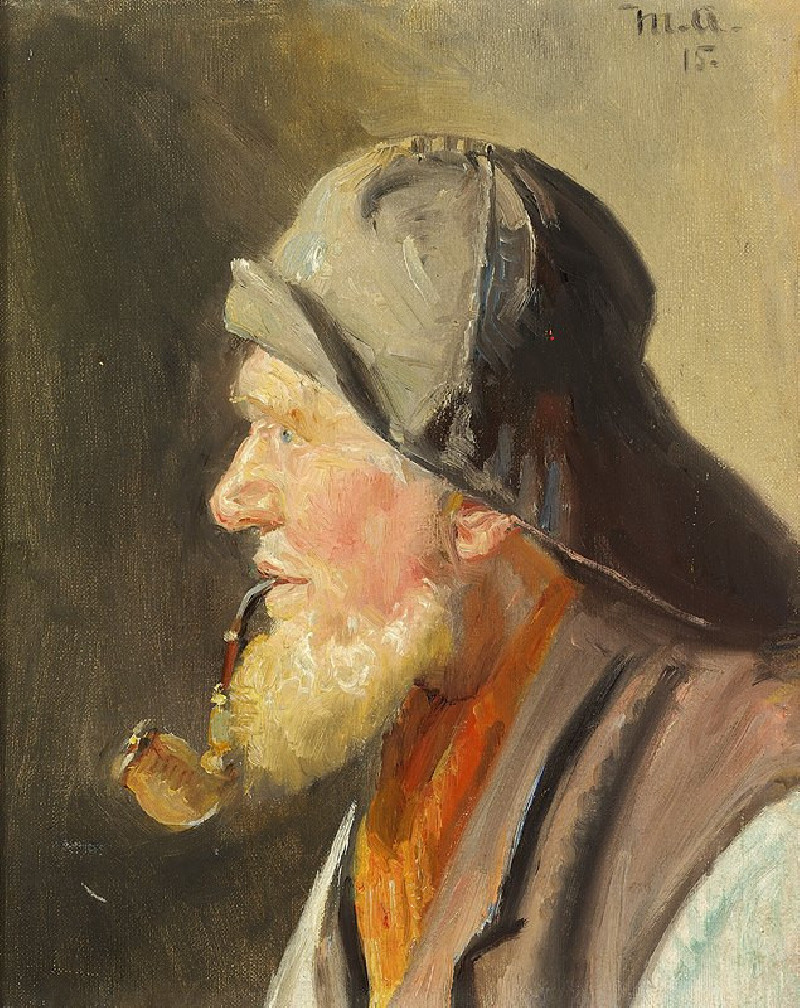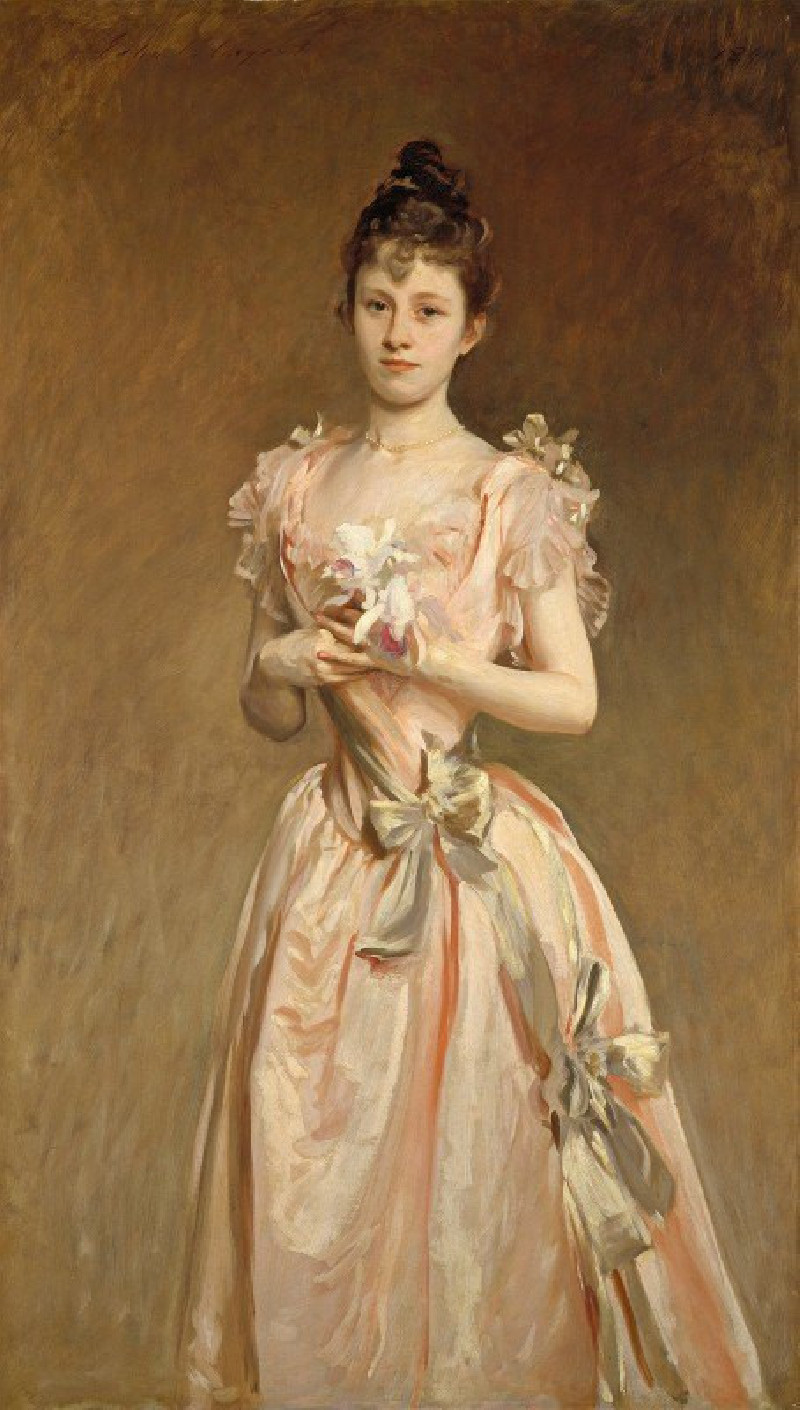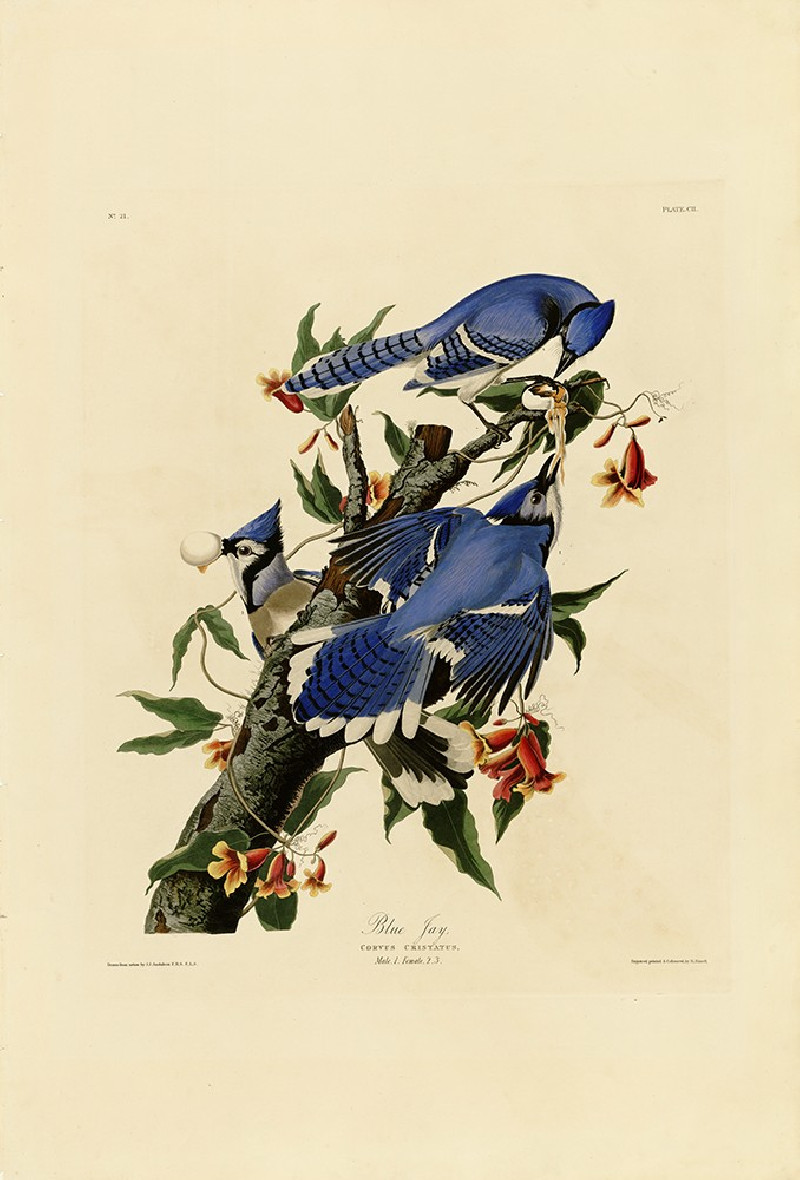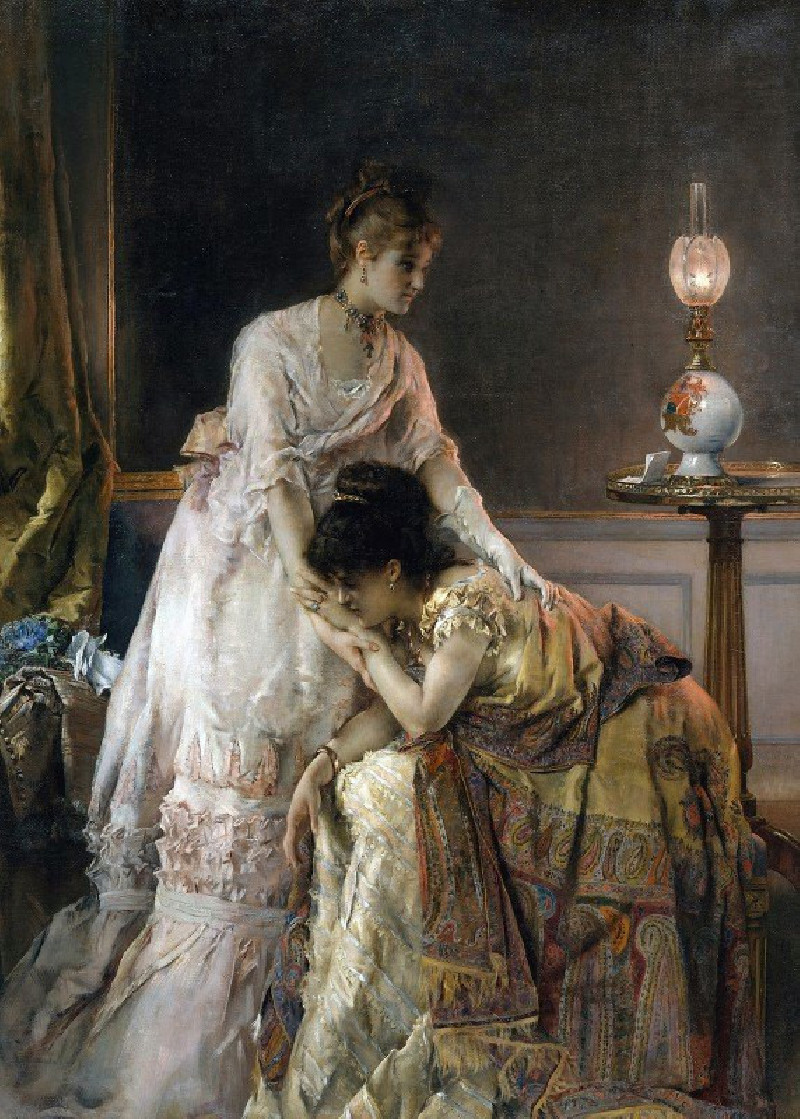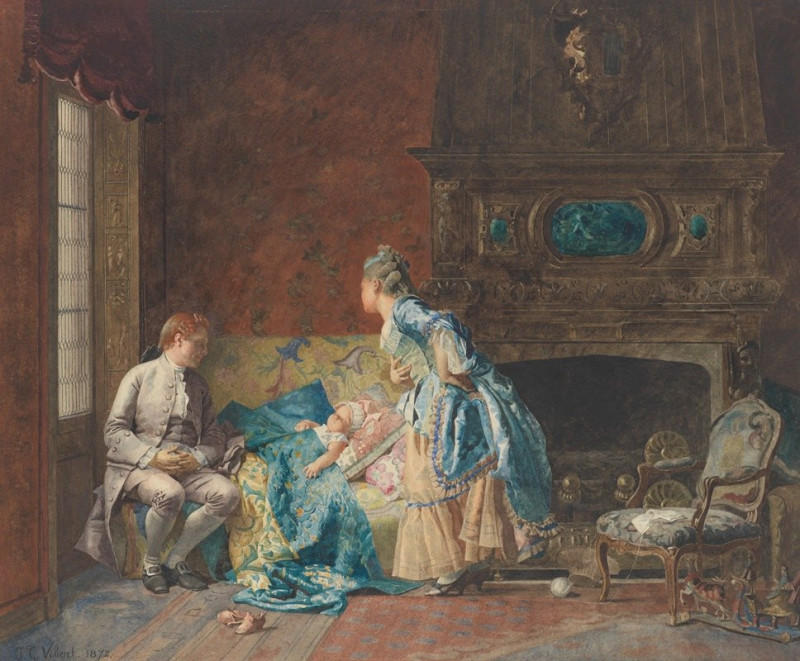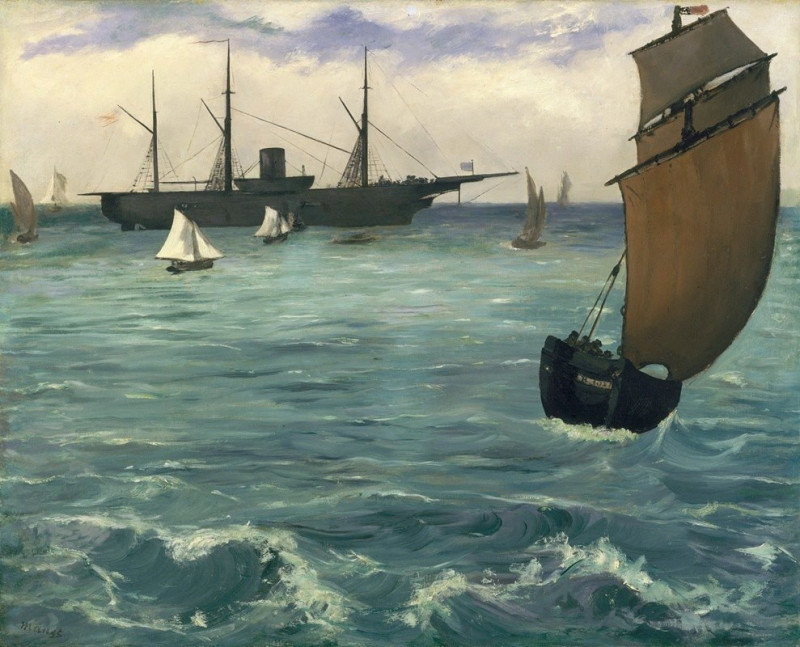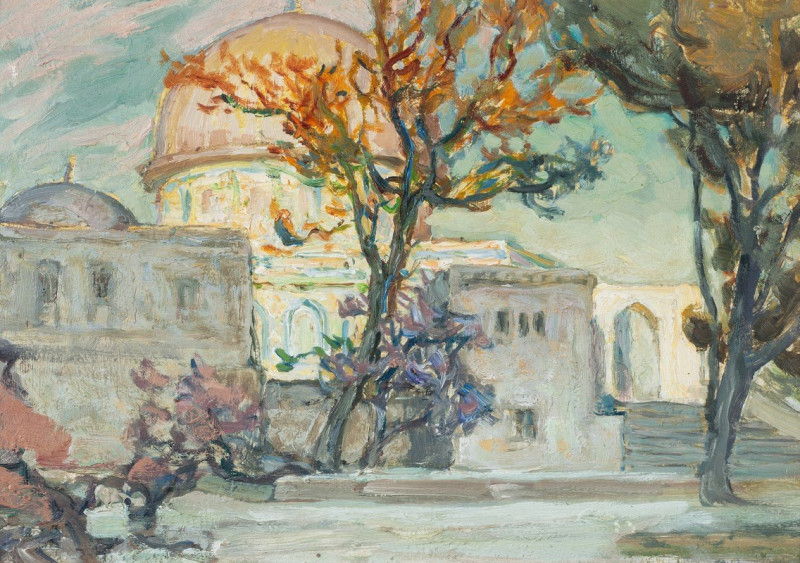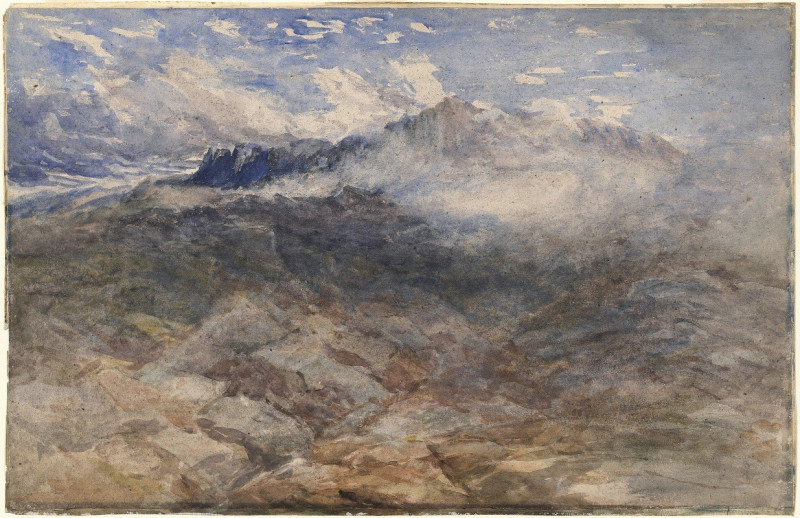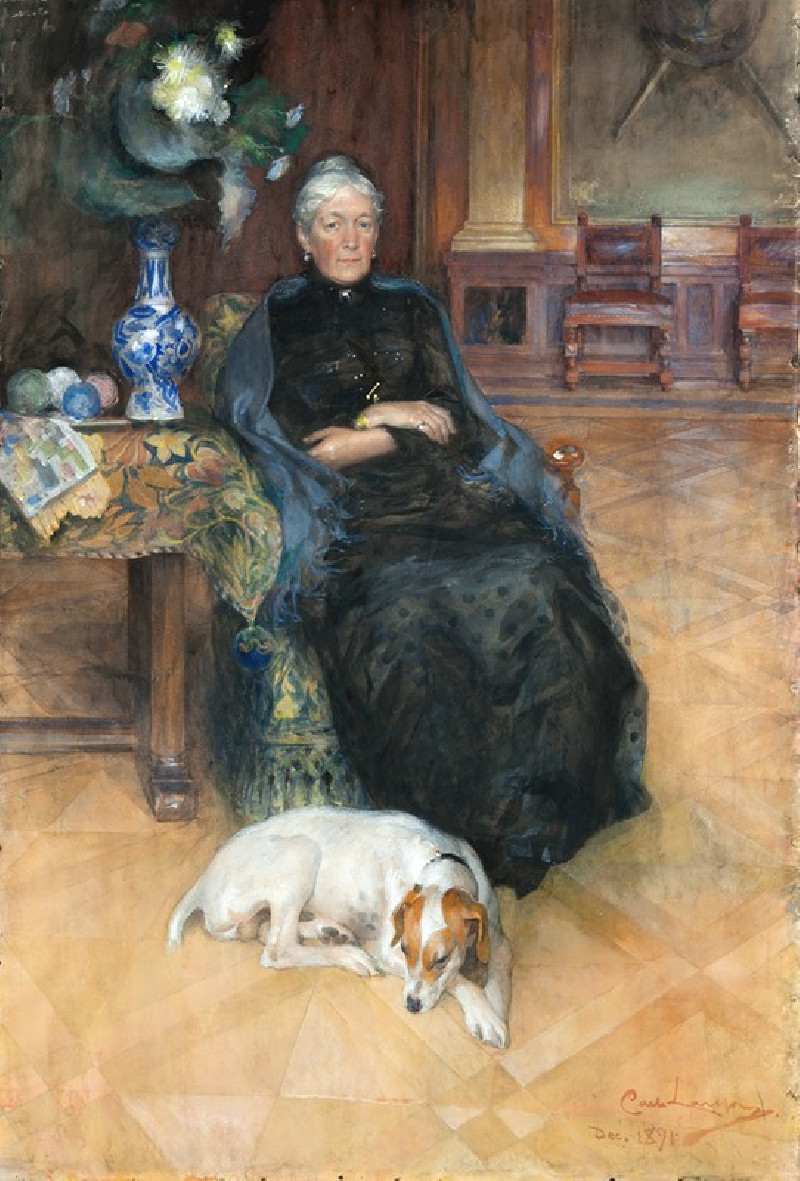Nachher
Technique: Giclée quality print
Recommended by our customers
More about this artwork
"Nachher," an evocative woodcut by the artist Karl Wiener, captures a serene and contemplative moment. The subject, an elderly man, is depicted in a side profile, deeply engaged in reading a sheet of music. This suggests not only his love for music but potentially his involvement in it, either as a composer or a musician.The use of bold, stark contrasts and the textured background in this artwork creates a dramatic and intense atmosphere, drawing viewers into the world of the subject. The intricate patterns and lines that swirl around him may symbolize the complexity and richness of his thoughts or the music itself.Wiener's style is notable for its clear, confident cuts and a strong sense of depth, emphasizing the emotional state of his characters. The artwork, while simple in subject, is profound in its expression, inviting viewers to ponder the quiet moments of concentration and the deep involvement in one's passions.This piece is a beautiful reflection on aging, creativity, and the intellectual pursuits that continue to enrich our lives as we grow older.

